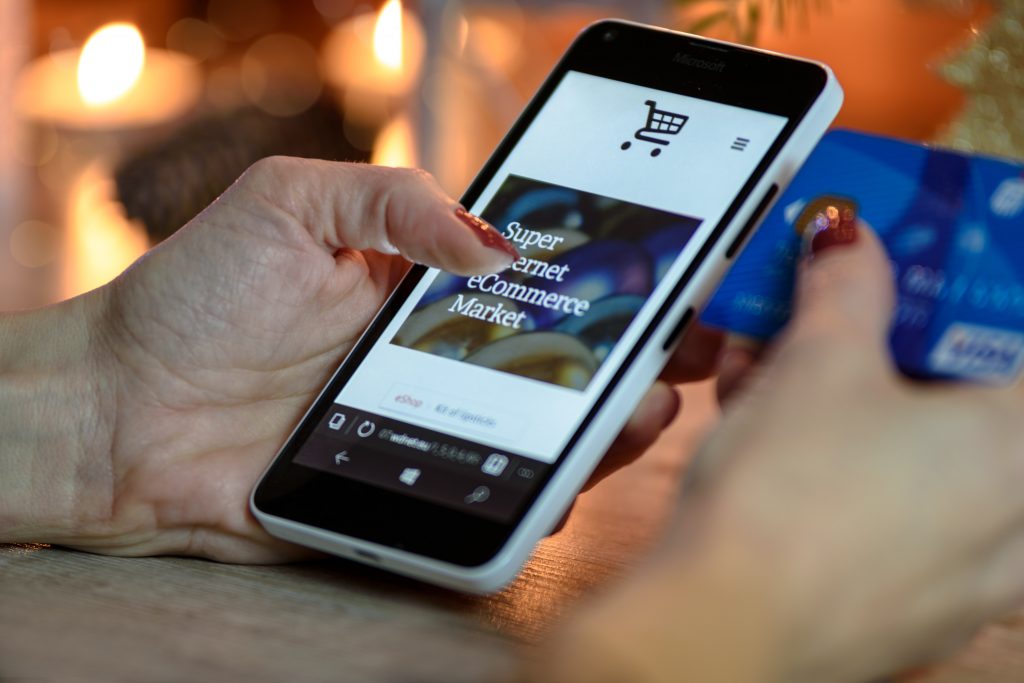
Anytime you move around the Internet, you’re visiting landing pages. Landing pages are the designated pages you might hit if you click on an advertisement. It might also be a page following a call-to-action button. Landing pages are also sometimes website homepages.
What are Landing Pages?
In general, a landing page will be any website page that has a particular purpose. The primary objective of any landing page is to convert website visitors into actual leads. While there will be many different kinds of landing pages, the intent is always the same, and that is getting more leads.
Landing pages have lead forms which ask visitors to provide their contact information, and in exchange, they are given something of value, which is also known as an offer.
Why are Landing Pages Something You Need?
Why do you think a special page is necessary just so people might fill a form out? Why not just do this on an about page or homepage? These are good questions.
Once you read all of this, you’ll probably be capable of answering such questions on your own – of course, places like Leapfrog Internet Marketing can make life easier for you. For now, the basic answer is that landing pages eliminate any potential distractions because they have no competing links, navigational options, or other things, which means the landing page captures the undivided attention of your visitor. Complete and total attention means that you are able to guide visitors right where you want them to be, which is your lead form. In short, a landing page is purely there to make conversions happen.
7 Best Practises For Landing Pages
1) Write a Headline that Emphasises an Advantage
If 10 people visit one of your landing pages, count on seven or more of them bouncing off. If you’d like to swing numbers in your favour, then your visitors have to understand within seconds why they should stick around. The headline is often the first thing they read, so it needs to concisely and clearly communicate what your landing page has to offer them in terms of value.
2) Pick Imagery that Illustrates Your Offer
At least one image is a necessity here, and it needs to somehow represent what you consider your target audience to be. The image purpose is really just conveying a feeling. It needs to illustrate how a visitor might feel after they get your offer. Particular images work better for this than others do, so do split testing to find the best options.
3) Write Out Compelling Copy
Don’t put in precious time coming up with a great headline and image only to fall on your face in terms of the words that will really sell your CTA. You need to have clear and concise copy that nudges your visitor in the direction of actions that you’d like them to take. Compelling copy will also speak right to visitors by using second person like “your” and “you” to engage them.
4) Your CTA Needs to Stand Out Clearly
The CTA is the call to action, and it’s likely the single most important thing on any landing page, as it is one of many different elements encouraging conversion. A CTA button has to stand out, so you should probably use a contrasting colour in respect to the rest of the page. Be clear about what you would like visitors to do, so use action verbs that spell things out for them clearly, like ‘download’, ‘submit’, or ‘get it now’.
5) Only Request What You Really Need
You need to get some information about each lead, but what you specifically ask for varies. How well-acquainted have you gotten with them? How much do they trust you? Where in their buyer’s journey are they? Asking for the minimum makes their barrier to entry lower, which is encouraging to them.
6) Eliminate All Navigation
Your landing page only has one objective and that’s it. That objective is the conversion of visitors into leads. Any links that compete, including internal links pointing to other parts of your website, distract from that one goal. Remove all the other links on that page in order to draw the attention of visitors straight to your CTA.
7) Use a Responsive Page
Your landing page has to be responsive in order to accommodate every single viewing experience. That’s no different than any other page that’s on your website. You do not want your form disappearing off of mobile devices. You want visitors to convert no matter how they might be viewing your page.